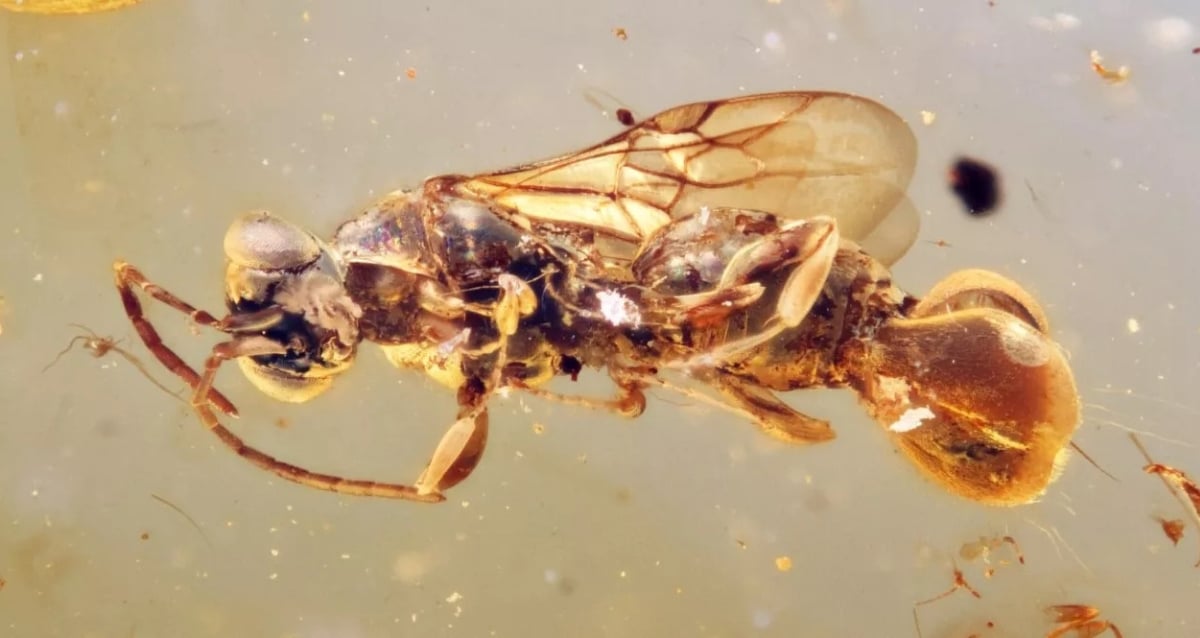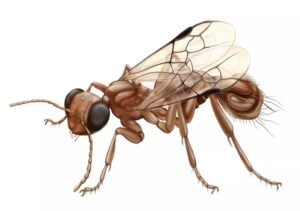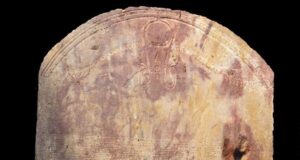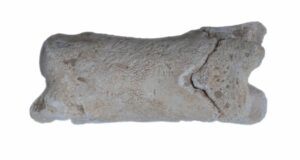“Ancient Amber Holds Shocking Secret: Unearthed ‘Venus Flytrap’ Wasp Could Change Our Understanding of Parasitism!”
It’s a tragic situation all around, as the conflict in Myanmar rages on and has claimed thousands of civilian lives. It is also unfortunate for the scientific community, whose research has been limited by this conflict.
After reading about the prehistoric wasp, learn about the recent discovery of a “hell ant” trapped in amber. Or, read about the prehistoric beetle that may have been one of the first insects to pollinate plants.















